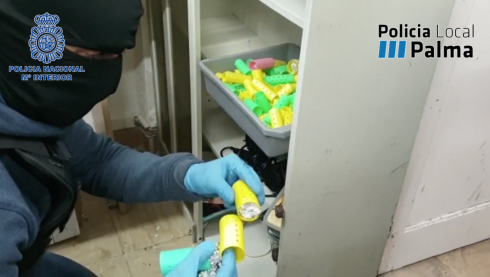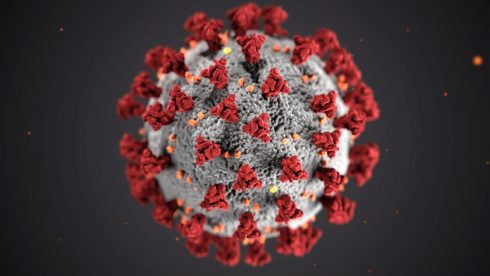FROM today, anyone arriving in Spain from an ‘at risk’ country must produce a negative PCR test.
The measure, announced earlier this month, produced many queries for residents and expats hoping to return to their place in the sun.
Below we answer some of the most frequently asked questions.
Do I need a negative PCR test if I drive into Spain?: The health checkpoints are only being installed at airports and seaports. That means if you drive into the country over a land border you will not be met by a checkpoint asking you to present a negative PCR test. However if you drive onto a ferry and arrive via a seaport, you will be required to present a test.
Do I need a PCR test if I have a flight connection in Spain?: No. If your final destination is not Spain then you will not need a PCR test. The law reads: “The provisions of the preceding paragraph (PCR rule) shall apply to international passengers whose final destination is Spain and not to those international passengers in transit at a Spanish port or airport with a final destination to another country.”
Will I be fined if I arrive without a PCR test?: Yes. Spain has opted for severe fines of up to €6,000 for anyone who arrives without the negative test. Minister of Foreign Affairs Arancha Gonzalez Laya made the warning earlier this month as she explained on a TV show that airlines are ‘recommended’ to check for the tests with each passenger, but that they would not be forced to do so. But when passengers arrive in Spain, be it by sea or air, they will have to show their documentation and the PCR test. If they fail to show the latter, they will have to be tested and will be handed a fine. In an interview on Antena 3, Laya said ‘they are serious fines’, adding that they are designed as a deterrent and not as a cash ‘collection.’
Does it have to be a PCR test?: Yes. Other diagnostic tests, including antibody or rapid antibody tests will not be accepted. The test results and corresponding documents must be in Spanish or English and can be submitted in paper or electronic format. The document must contain your name, passport number or national identity number, date of the test, identification and contact details of the centre where the test was made, the technique used and the negative result.
How does the process work?: The PCR test will be included in the existing health form that must be filled out by all travellers entering Spain from abroad. Their temperature will also continue to be taken. On the form, the traveller must vow to carry the test result with them, and it must be written in Spanish or English. It can be carried in paper or digital format, although the Government wants the whole process to be as digital as possible. The tourist or traveller is advised to complete the travel form online before boarding, by visiting www.spth.gob.es or through the Spain Travel Health-SpTH app.
Which countries are affected?: The list of at risk countries or zones, as well as the criteria used to establish them, will be reviewed every 15 days. The results will be published on the website of the Ministry of Health: https: //www.mscbs. gob.es/ and on the SpTH website: https://www.spth.gob.es.
Does the rule affect everyone?: Yes. It does not matter if you are Spanish, a resident or a foreign citizen. If you are arriving from an at risk country or zone you must present a negative PCR test taken up to 72 hours beforehand.
Click here to read more Spain News from The Olive Press.








